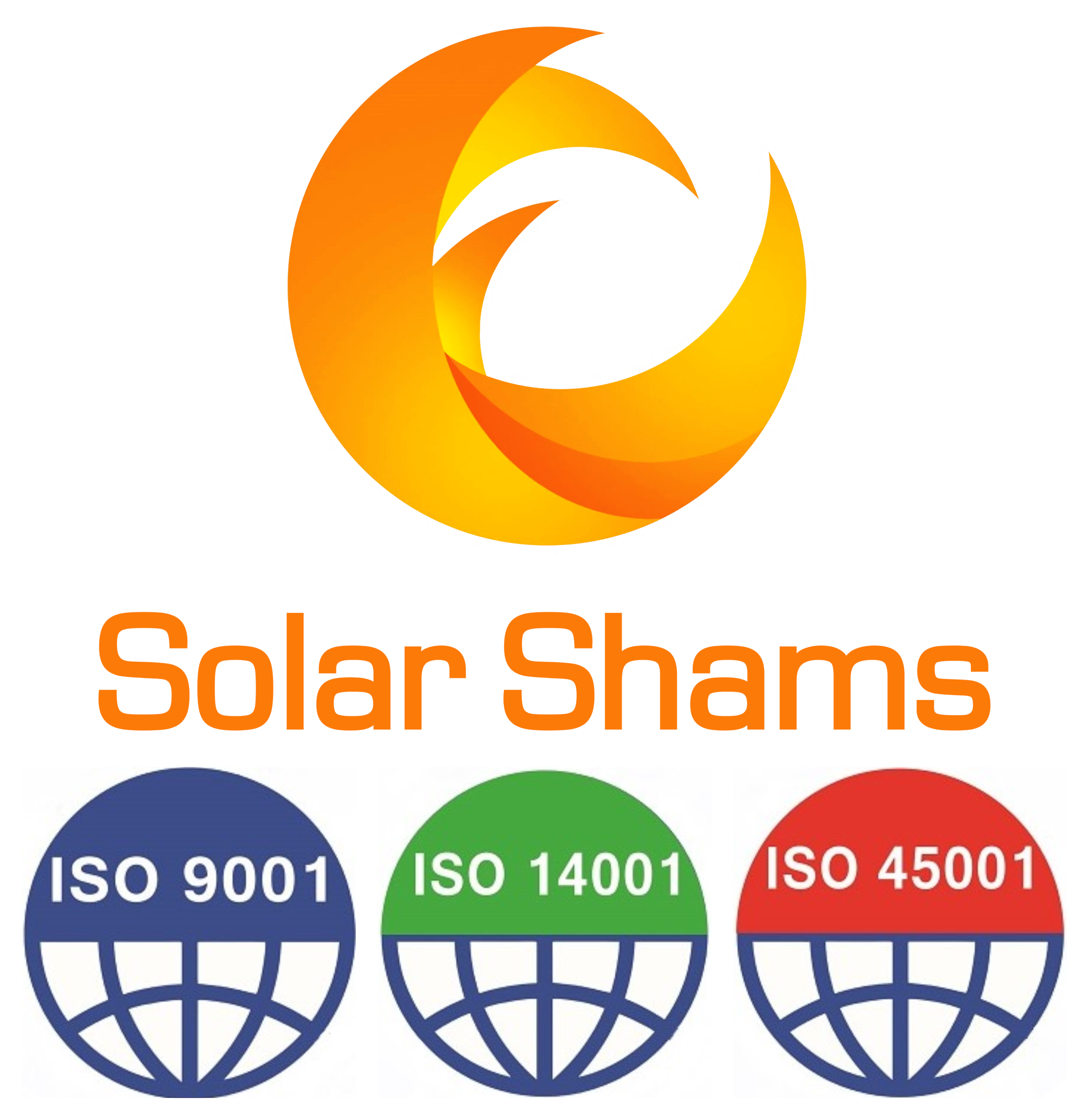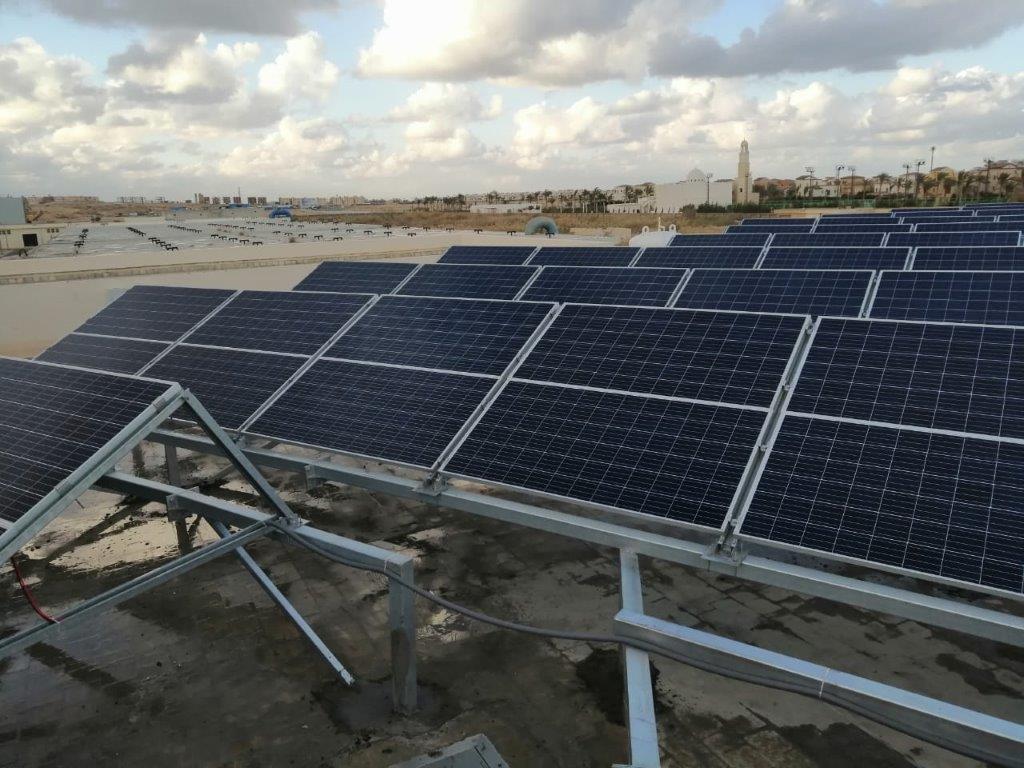- Home
- Technology Solutions
- Market Applications
- Services
- Engineering, Procurement & Contraction (EPC)
- Solar Projects Development (include feasibility studies)
- Construction & Projects Management
- Independent Power Production (IPP) (include investment)
- Investment & Financing
- Operation & Maintenance (O&M)
- Measurement
- Industrial Roof
- Independent Power Production (IPP) (include investment)
- Projects
- About Us
- News
- Celebration of the national day of Switzerland
- Interview on Al-Hadath Satellite Channel
- Reward from Emisal
- Schlumberger 0.5 MWp Car Shade Testing & Commissioning
- Sky News Report
- Swiss Ambassador's Residence Website
- Hadith Al Saa’a: the crisis of investment in renewable energy between investors and the government
- Installation at Kandil Steel Kama II
- Solar Expo & Forum Exhibition
- The Solar Show MENA 2020
- Careers
- Contact Us
Clone of Solar Diesel Hybrid
Hybrid solar and wind system
Solar hybrid power systems are hybrid power systems that combine solar power from a photovoltaic system with another power generating energy source. A common type is a photovoltaic diesel hybrid system, combining photovoltaics (PV) and diesel generators, or diesel gensets, as PV has hardly any marginal cost and is treated with priority on the grid. The diesel gensets are used to constantly fill in the gap between the present load and the actual generated power by the PV system.
As solar energy is fluctuating, and the generation capacity of the diesel gensets is limited to a certain range, it is often a viable option to include battery storage in order to optimize solar contribution to the overall generation of the hybrid system.
The best business cases for diesel reduction with solar and wind energy can normally be found in remote locations because these sites are often not connected to the grid and transport of diesel over long distances is expensive. Many of these applications can be found in the mining sector and on islands
In 2015, a case-study conducted in seven countries concluded that in all cases generating costs can be reduced by hybridising mini-grids and isolated grids. However, financing costs for diesel-powered electricity grids with solar photovoltaics are crucial and largely depend on the ownership structure of the power plant. While cost reductions for state-owned utilities can be significant, the study also identified short-term economic benefits to be insignificant or even negative for non-public utilities, such as independent power producers, given historical costs at the time of the study.
Other solar hybrids include solar-wind systems. The combination of wind and solar has the advantage that the two sources complement each other because the peak operating times for each system occur at different times of the day and year. The power generation of such a hybrid system is more constant and fluctuates less than each of the two component subsystems.
The intermittent / non-dispatchable solar PV at the prevailing low tariffs clubbed with Pumped-heat electricity storage can offer cheapest dispatchable power round the clock on demand.
Solar thermal hybrid systems
Though Solar PV generates cheaper intermittent power during the day light time, it needs the support of sustainable power generation sources to provide round the clock power. Solar thermal plants with thermal storage are clean sustainable power generation to supply electricity round the clock. They can cater for the load demand perfectly and work as base load power plants when the extracted solar energy is found excess in a day. Proper mix of solar thermal (thermal storage type) and solar PV can fully match the load fluctuations without the need of costly battery storage.
During the day time, the additional auxiliary power consumption of a solar thermal storage power plant is nearly 10% of its rated capacity for the process of extracting solar energy in the form of thermal energy. This auxiliary power requirement can be made available from cheaper solar PV plant by envisaging hybrid solar plant with a mix of solar thermal and solar PV plants at a site. Also to optimise the cost of power, generation can be from the cheaper solar PV plant (33% generation) during the day light whereas the rest of the time in a day, it is from the solar thermal storage plant (67% generation from Solar power tower and parabolic trough types) for meeting 24 hours base load operation. When a solar thermal storage plant is forced to idle due to lack of sunlight locally during cloudy days in monsoon seasons, it is also possible to consume (similar to a lesser efficient, huge capacity and low cost battery storage system) the cheap surplus / infirm power from solar PV, wind and hydro power plants by heating the hot molten salt to higher temperature for converting stored thermal energy into electricity during the peak demand hours when the electricity sale price is profitable.

